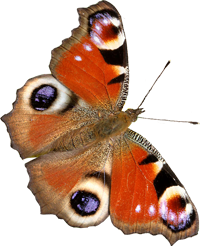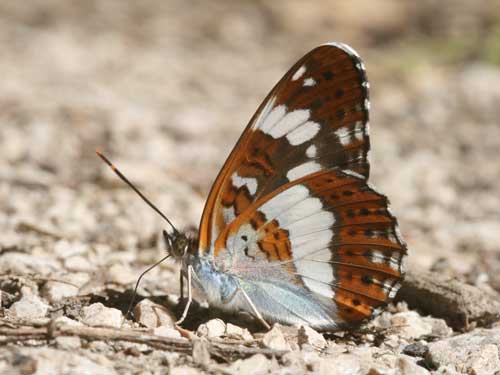
Geneva, Switzerland, June 2009
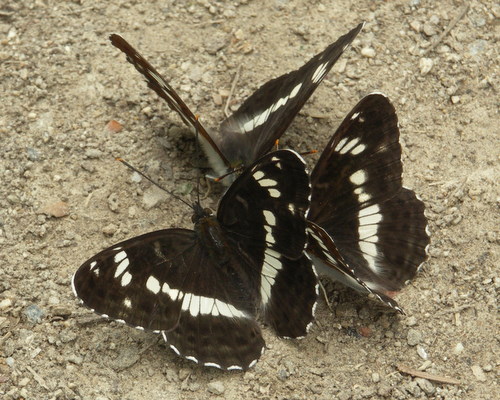
Geneva, Switzerland, June 2006
Field notes and information
One of the rarities in my youth in the UK. It was found very occasionaly in woods near me in Huntingdonshire in the 80s. I never had the luck to see one, but now it is a regular sighting as the species is pushing its range northwards.
Identification & Similar species: Superficially similar to the southern white admiral, L. reducta, but there are many differences. See that species for more information.
Distribution & Flight: From north Spain, France and south UK eastwards. Sporadic in the Balkans. Flies in a single brood in June and July.
Habitat & Behaviour: It flies in mature forests and is found in open glades and paths where it rests on leaves to bask in the sunshine. It is very partial to taking salts from damp, salt rich sources - damp mud, carrion and animal droppings are all favourites. The very dense clumps of butterflies photographed were centred on fox droppings, a particularly favoured source of nutrients it would seem.
Variation: Melanic forms are reportedly found at a frequency of about 1% of a population. Certainly, on one day in June 2005 I found a number of melanics (of varying degrees of blackness) amongst many hundreds of normal butterflies which seemed to support this figure.
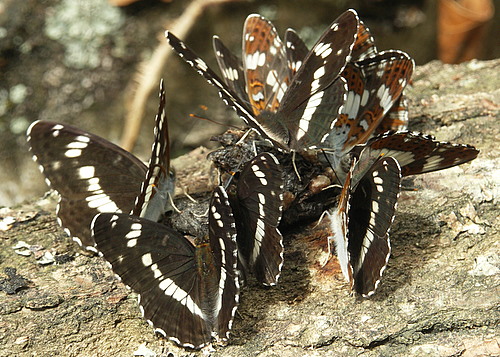
Geneva, Switzerland, June 2006
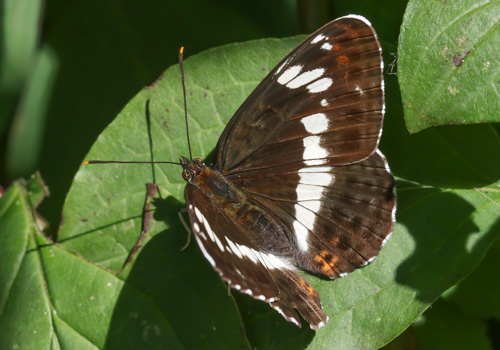
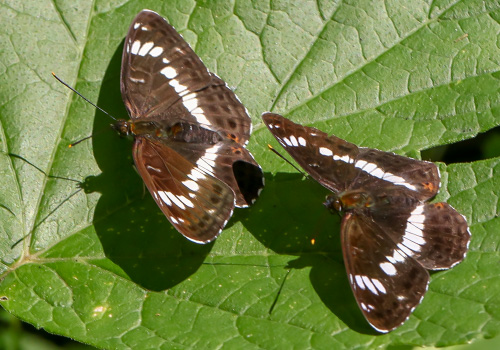
Geneva, Switzerland, June 2022
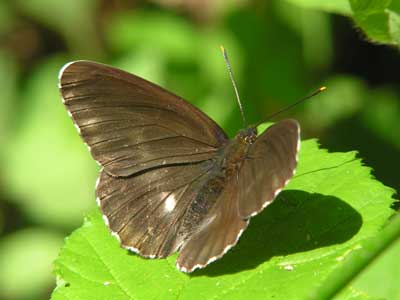
Geneva, Switzerland, June 2005
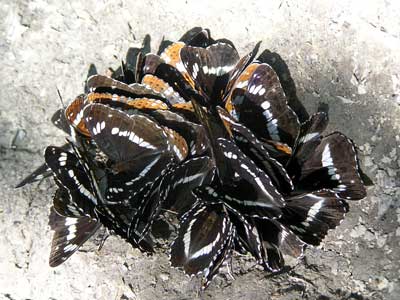
Geneva, Switzerland, June 2005
An amazing group of butterflies taking salts from fox faeces.
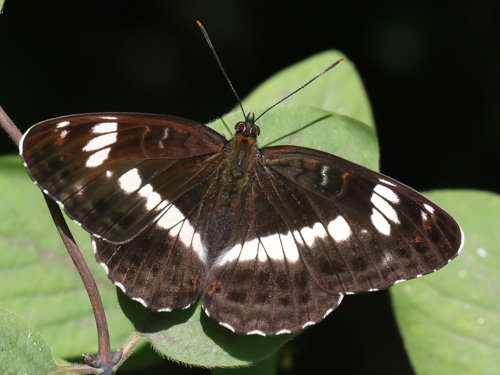
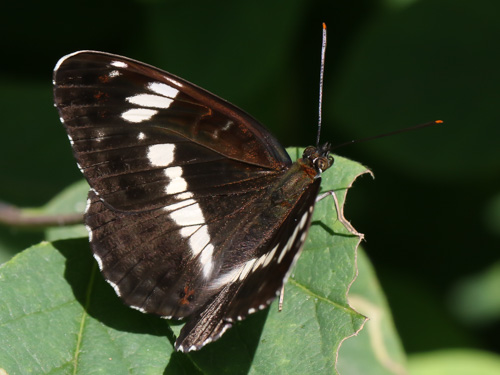
Geneva, Switzerland, June 2021
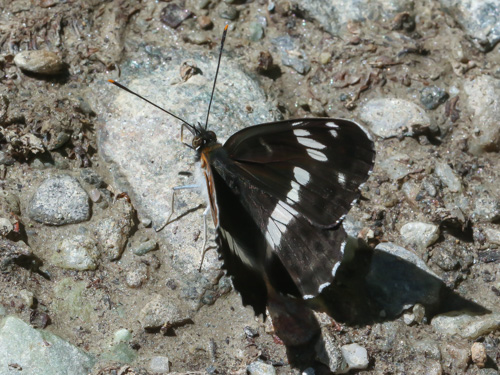
Valais, Switzerland, June 2019
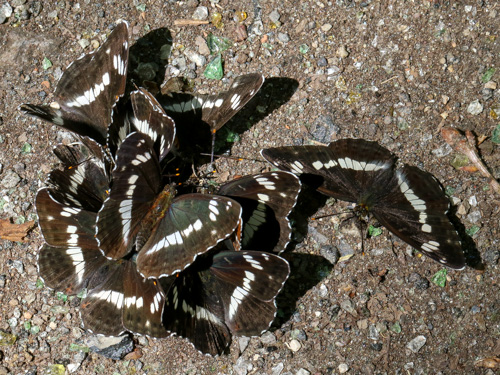
Vaud, Switzerland, June 2017
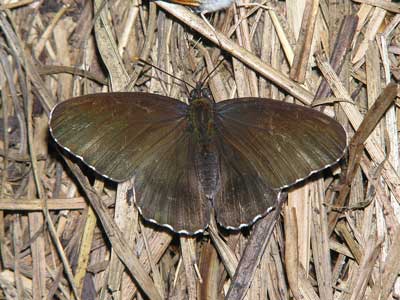
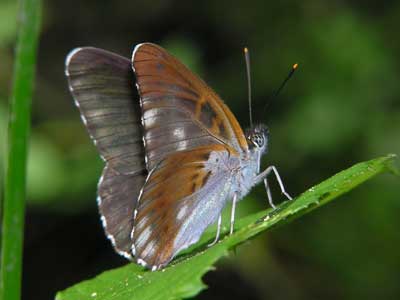
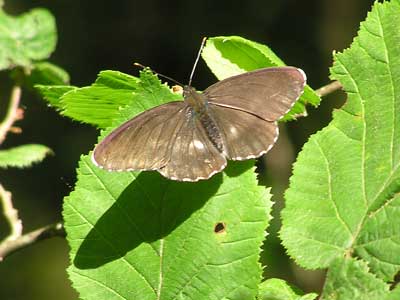
Geneva, Switzerland, June 2005
The blackest melanic of the day.
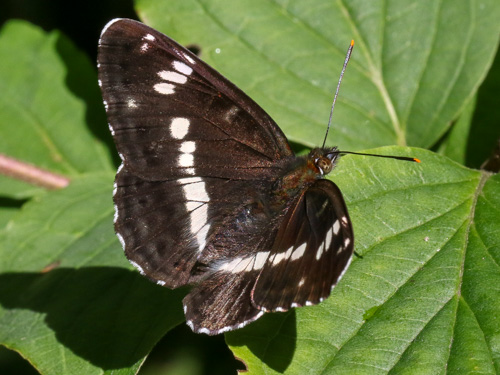
Vaud, Switzerland, June 2017

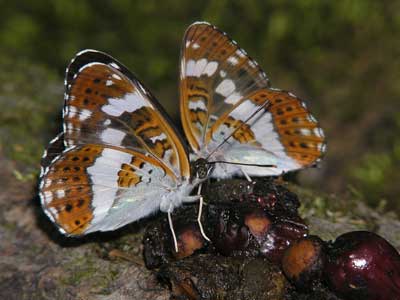
Geneva, Switzerland, June 2005
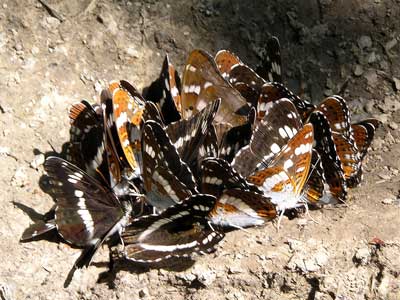
Geneva, Switzerland, June 2005
Another amazing group - note the Lesser Purple Emperor, Apatura ilia, in the centre.
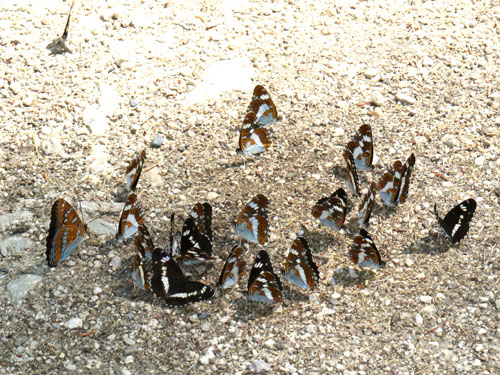
Geneva, Switzerland, June 2015
With a poplar admiral L. populi.
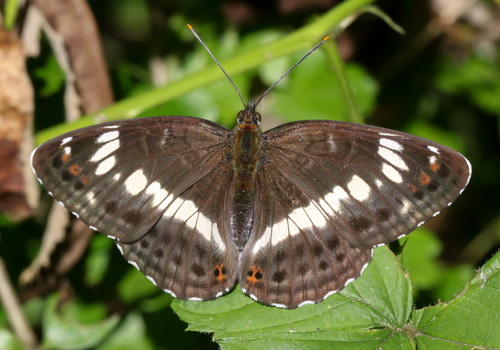
Geneva, Switzerland, June 2022
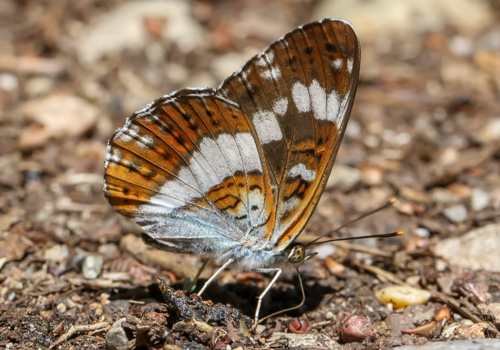
Geneva, Switzerland, June 2022
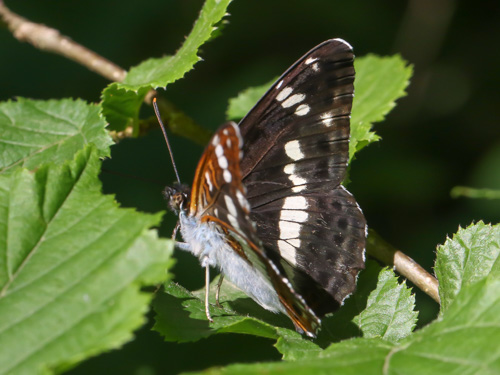
Geneva, Switzerland, June 2019
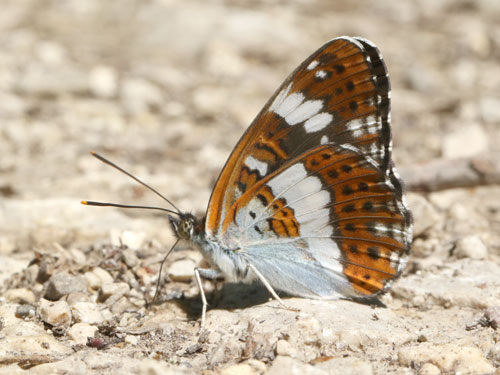
Geneva, Switzerland, June 2015
